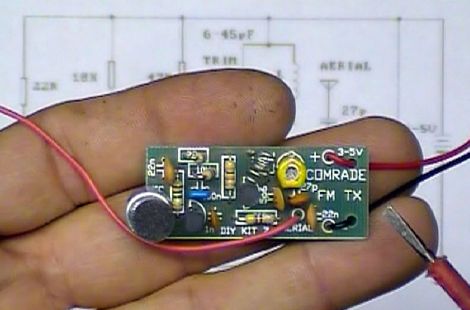
[Nathan] got his hands on a chipKIT Uno32 development board and wrote a Pong sketch that you can play with a VGA monitor. We love the hardware that makes this feel very much like the classic. It uses a collection of resistor-based digital to analog converters to generate the color signals for the VGA protocol. The score for each player is show on a 7-segment display instead of being printed on-screen. And the paddles are made up of a pair of potentiometers.
You’ll remember that the chipKIT Uno32 is an Arudino compatible 32-bit development board. This project shows how the hardware handles, and how easy it can be to generate VGA signals with it if you know what you’re doing.
For those interested in the game physics themselves, [Nathan] provided a nice explanation about ball movement at the bottom of his post. If you need even more details, dive into the code package that he links to.
















